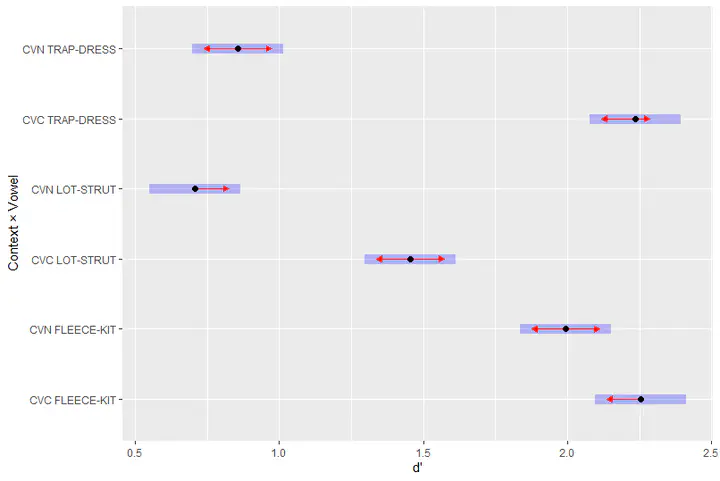French learners of English struggle to identify nasalised American vowels in CVN words

Abstract
English and French have different phonological systems (Roach, 2009; Walker, 2001) and French learners have difficulties perceiving some contrasts, such as the approximants /w/ – /r/ (Hallé et al., 1999). They also tend to assimilate multiple English vowels to a single L1 category (Iverson & Evans, 2007). General American exhibits a raising of /æ/ in nasal environments (Carignan et al., 2016), thus creating an acoustic proximity between /æ/ and /ɛ/. The purpose of the present study was to assess the influence of CVN contexts on the perception of vowels by French university students. We addressed this issue as part of a pedagogical project called SEPALE, which consists of identification and discrimination exercises involving English phonemic contrasts and within which we explored the issue of nasalisation. Thirteen Californian speakers were recorded reading CVC and CVN words, to create stimuli used by undergraduate students in discrimination and perception tasks. Their answers were recorded in logfiles, used in our analysis. We found a higher proportion of errors when /æ/ – /ε/ and /ɑ/ – /ʌ/ were in a pre-nasal position and the first contrast yielded better identification and discrimination rates than /ɑ/ – /ʌ/. This finding could inform teachers’ choices of perception or production exercises.